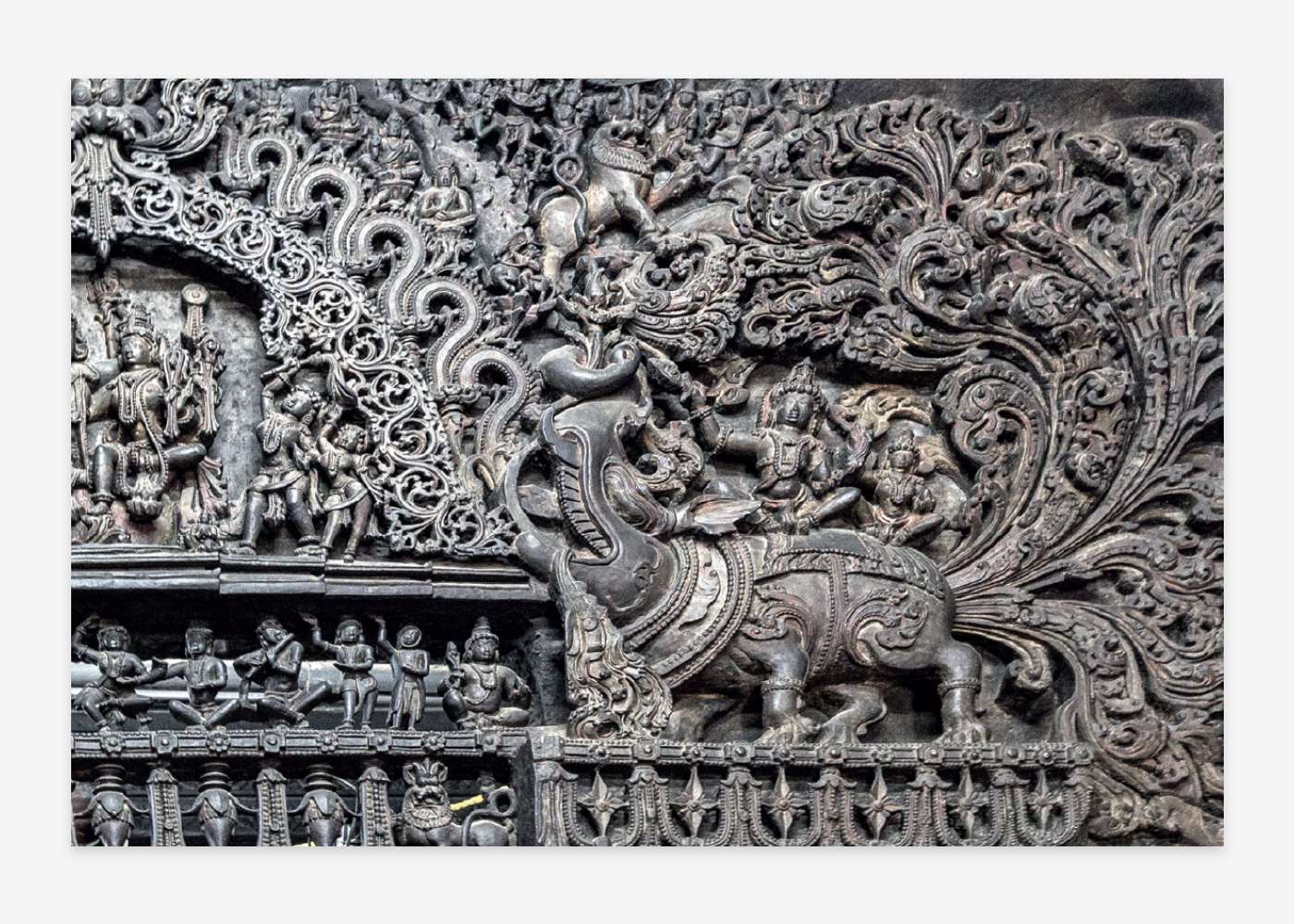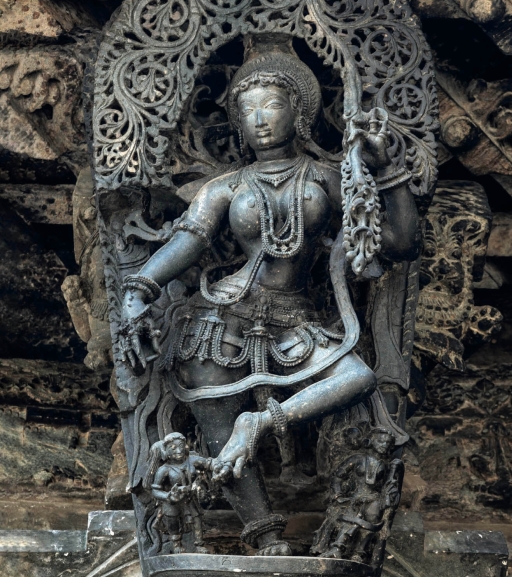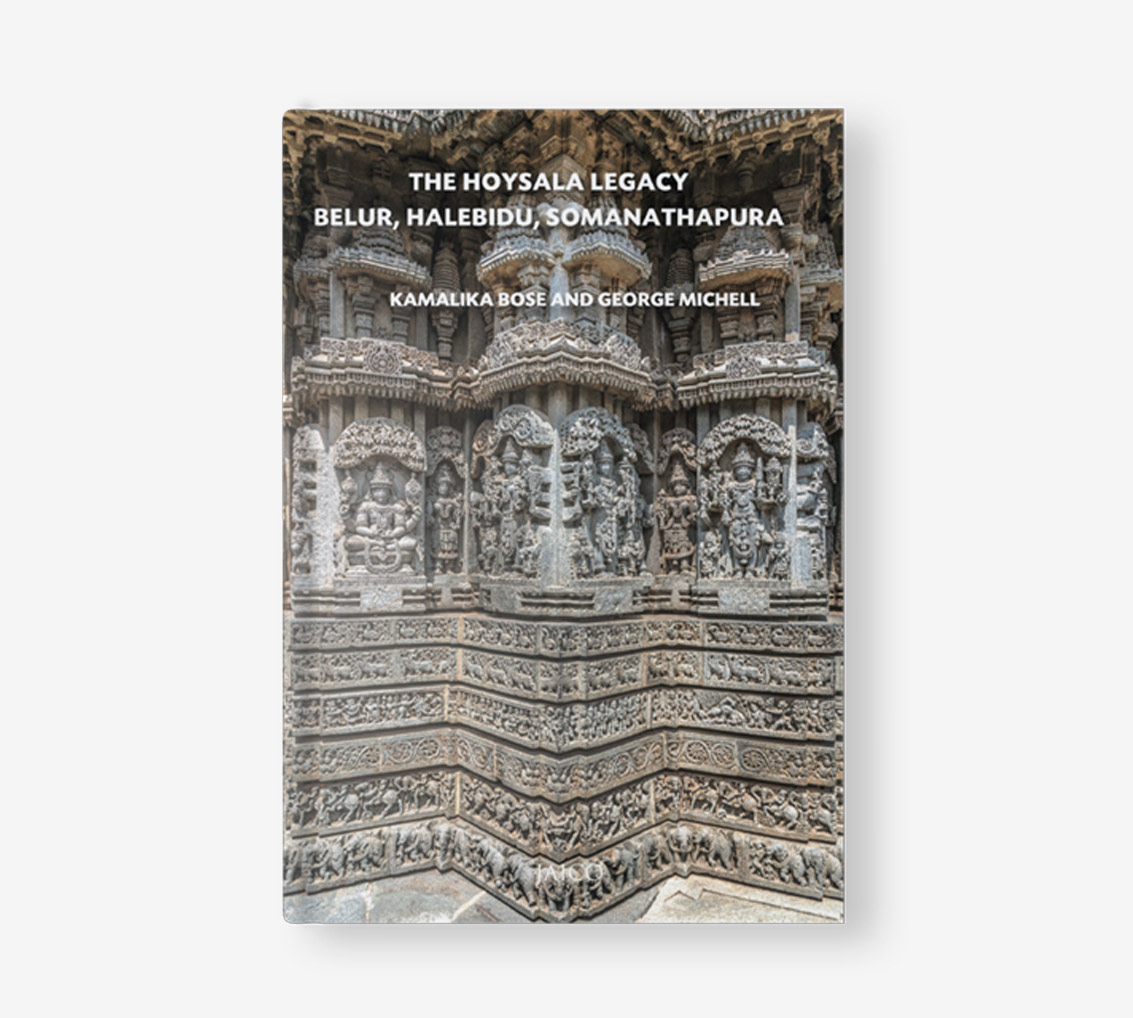Two Days In and Around Belur
Admire the magnificent Hoysala temples at Belur and Halebidu, recently recognized as UNESCO World Heritage sites
Day 1 – Morning
- Visit the main Chennakeshava Temple (open 7am to 1pm and 2pm to 8pm), built by Vishnuvardhana in 1117 to celebrate his conquest of the Ganga territories to the south.
- The wealth of external decoration on the temple is overwhelming. Look out for the figural jali screens, especially the ones showing the Hoysala king with his queens and advisors.
- Then look up and marvel as the amazingly, intricately worked female brackets – the greatest masterpieces of Hoysala art.
- The visual feast continues inside, with gleaming, lathe-turned columns, more bracket figures over the central bay, and the intricate doorway to the shrine.
- Before exiting the compound, visit the small Kappe Chennigaraya Temple built by Vishnuvardhana’s queen.
Day 1 – Afternoon
- Excursion to the early Hoysala temple in the tiny village of Doddagaddavalli, 24.5 km south of Belur (open 9:30am to 6:30pm).
- One of the temple’s four shrines is dedicated to Lakshmi, the goddess who gives her name to the temple.
- More interesting are the terrifying, skeletal figures who guard the doorway to the Kali shrine.
Day 2 – Morning
- Drive to Halebidu, 17 km from Belur, to visit the Hoysaleshvara Temple at Halebidu, (open 7am to 6:30pm).
- Also built in the first half of the 12th century, this temple has two separate linga shrines dedicated to Vishnuvardhana and his queen. The outer walls present an unending gallery of sculpted figures, while the interior displays columns of different designs.
- A few metres south is a Jain complex worth visiting, and then a further 3 km south, in the settlement of Hulikere, is a remarkable stepped tank surrounded by small shrines.
Day 2 – Afternoon
- Excursion to Belavadi, 11.7 km from Halebidu, to the Viranarayana Temple (open 8:30 am to 2pm and 4pm to 7pm).
- This monument has a trio of shrines facing into a series of two interconnecting columned halls.
- Unlike the temples at Belur and Halebidu, they preserve their stone towers.



